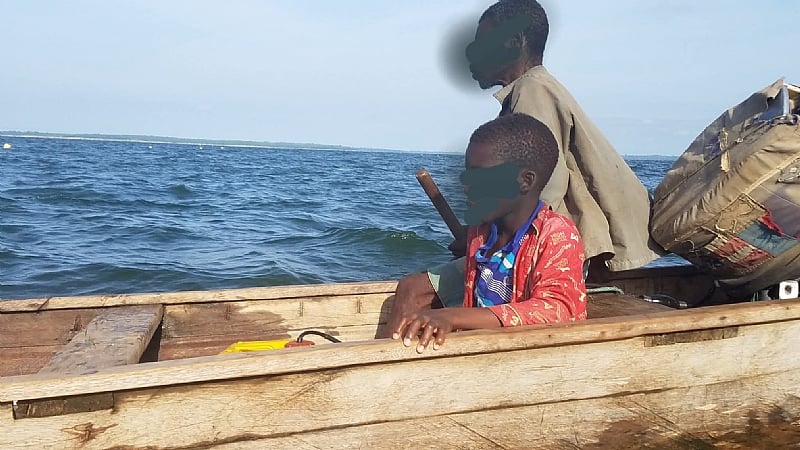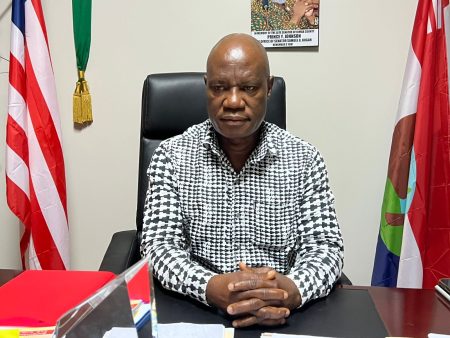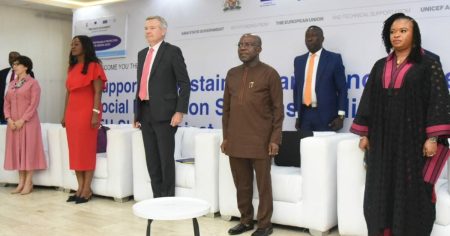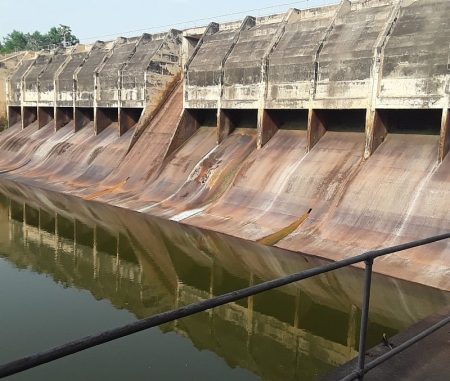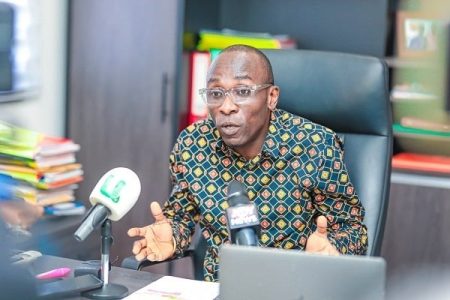The Volta and Oti regions of Ghana are grappling with a pervasive child labor crisis, particularly within the fishing and cocoa industries. While official figures estimate that 27% of children in the Volta Region are engaged in child labor, with 22% enduring hazardous conditions, these statistics are likely underreported due to inadequate data collection methods. This grim reality underscores a critical challenge: despite a robust legal framework, including the Children’s Act of 1998, enforcement remains weak, leaving vulnerable children exposed to exploitation and deprived of their fundamental rights to education and development. The situation demands urgent, collective action to address this national canker that continues to claim young lives daily.
George Achibra, Executive Director of Partners in Community Development Programme (PACODEP), paints a stark picture of the plight of these children, describing how they are trafficked and subjected to perilous working conditions, often with fatal consequences. In the fishing industry, children face drowning, entanglement in nets, and exposure to polluted water bodies leading to waterborne diseases and malnutrition. Similarly, in cocoa farms, they endure strenuous labor and hazardous environments. Traffickers exploit the poverty and desperation of families, luring them with false promises of education and better opportunities for their children. This deceptive tactic underscores the cunning nature of these perpetrators who prey on vulnerable families struggling to survive. The scale of the problem is alarming, with estimates from the International Justice Mission (IJM) suggesting over 20,000 children are engaged in the fishing industry alone, a figure likely dwarfed by the reality considering the difficulty in accessing remote communities.
The “My Rights, My Future” project, a collaborative initiative funded by the European Union and implemented by Right To Play, PACODEP, and ACRAD, aims to combat child exploitation in high-prevalence districts of the Oti and Volta regions with a budget of €800,000. The project emphasizes the importance of parental awareness and community involvement in prevention. Selasi Ahadzi, Communications Specialist at Right To Play, urges parents to be more vigilant about their children’s whereabouts and the nature of work they are engaged in, emphasizing the need for critical questioning before entrusting children to others. This call for parental responsibility highlights the essential role families play in protecting children from exploitation. The project also stresses the need for a collaborative approach involving everyday Ghanaians, the media, and development partners to effectively address the issue.
Bagonluri Kibuka, Project Manager of “My Rights, My Future,” identifies poverty as the primary driver of child labor, with families resorting to using their children for labor in the lakes and cocoa farms as a means of survival. The project focuses on rescuing children and providing them with either educational opportunities or vocational training for those above school age. Empowering community-based organizations to sustain these interventions at the grassroots level is also a key strategy. Collaboration with law enforcement, the judiciary, and social welfare officials has led to increased accountability, with communities now recognizing that perpetrators will face legal consequences. This collaborative approach, encompassing legal enforcement and community engagement, is crucial for achieving lasting change.
Despite Ghana’s ratification of the UN Convention on the Rights of the Child and the enactment of protective laws like the Children’s Act, inadequate government funding for child protection, education, and safeguarding remains a major obstacle. Stakeholders argue that these legal frameworks are rendered ineffective without sufficient resources for implementation. The lack of funding creates vulnerabilities that are exploited by traffickers, highlighting the urgent need for increased government investment in child protection programs. Communities are urged to remain vigilant and report any suspicious activities involving strangers making promises to children. Supporting rescued children through reintegration is also emphasized, with a focus on providing them with dignity and opportunities for a brighter future.
Reintegration efforts go beyond simply rescuing children; they involve providing opportunities for them to thrive. The project incorporates play-based learning approaches to facilitate smoother reintegration and help rescued children adapt and regain a sense of belonging. A holistic approach to reintegration, encompassing education, vocational training, and psychosocial support, is essential for ensuring rescued children have a chance to build a positive future. The overall message is a call for a united national response to this crisis. The plight of these children demands immediate and concerted action from all stakeholders, including government, communities, NGOs, and the media, to ensure their safety, well-being, and access to their fundamental rights. Only through collective efforts can Ghana effectively protect its children and eradicate the scourge of child labor.





